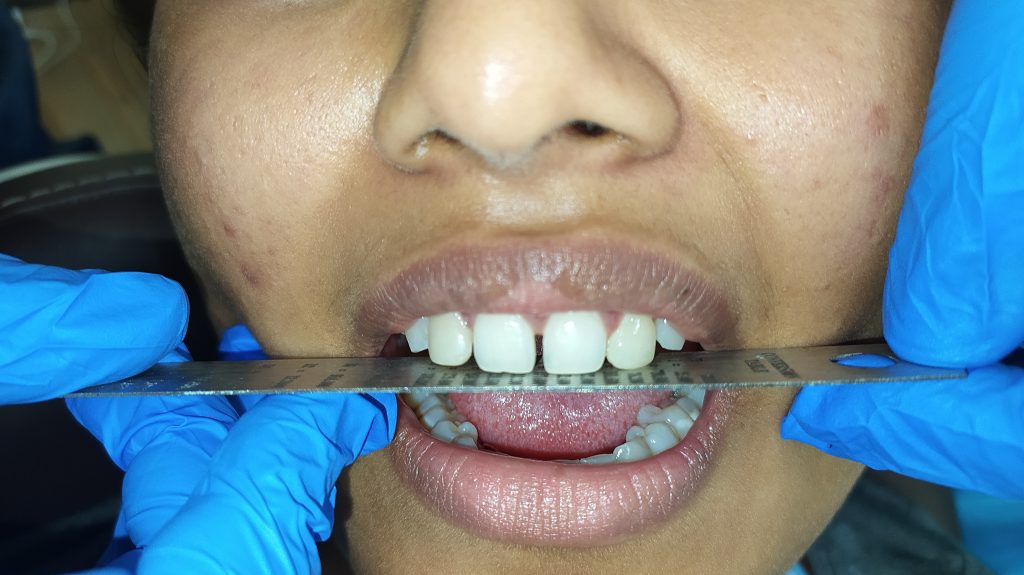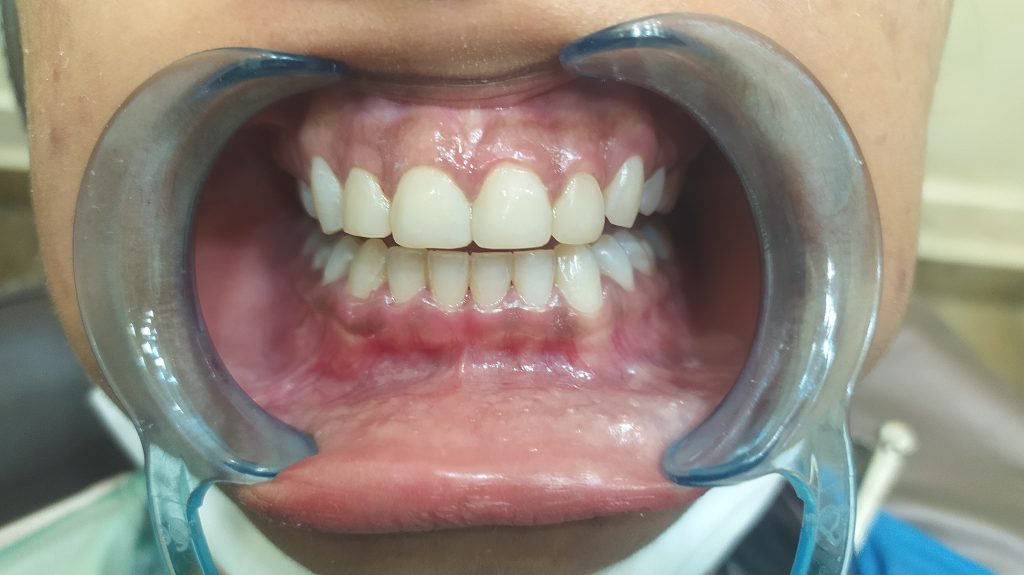What are veneers?
Dental veneers are thin, tooth-colored shells that are attached to the front surface of teeth to improve their appearance. They’re often made from porcelain or resin-composite materials and are permanently bonded to your teeth.
Veneers can be used to treat a number of different cosmetic concerns, including chipped, broken, discolored, or smaller-than-average teeth.
Some people may only get one veneer in the case of a broken or chipped tooth, but many get between six to eight veneers in order to create an even, symmetrical smile. The top front eight teeth are the most commonly applied veneers.
Different types of veneers
Dental veneers are most commonly made out of porcelain or composite resin and require intensive prep work. But there are also “no-prep” veneers, which are applied through a different process.
Applying traditional dental veneers typically involves grinding down the tooth structure, sometimes removing some of the tooth — even past the enamel. This allows for proper placement, but it’s also an irreversible procedure that can be painful to go through and often requires a local anesthetic.
Porcelain veneers
Some dentists will begin by grinding down the teeth and then making an impression of your teeth for the creation of a mold. Then they’ll send the mold out to a lab for the porcelain veneer to be made.
Once the veneer is ready, your dentist can place it on your prepared tooth and cement it in place. Temporary veneers may be used until the permanent veneers come back from the lab.
Meanwhile, other dentists may use CAD/CAM technology so a computer can design the veneer. Your dentist can make the actual veneer right there in the office.
Composite resin veneers
If you choose composite resin veneers, your dentist will etch the surface of your tooth before applying a thin layer of the composite material to your prepared tooth.
Additional layers of composite may be necessary to achieve your intended look. Your dentist will finish by curing, or hardening, the composite veneer with a special light.
No-prep veneers
These include options like Lumineers and Vivaneers, which are specific brands of porcelain veneers. They take less time and are less invasive to apply.
Instead of removing layers of tooth under the enamel, no prep veeners only affect the enamel. In many cases, no-prep veneers don’t require local anesthetics or temporary veneers.
Benefits of dental veneers
The biggest benefit to veneers is improving the appearance of your teeth, giving you a brighter and more even smile. Dental veneers are often used to treat the following cosmetic occurrences:
- broken or chipped teeth
- severe discoloration or uneven coloring that can’t be fixed with whitening
- gaps in the teeth
- smaller-than-average teeth
- pointed or unusually shaped teeth
Veneers can last for more than a decade, depending on the type of veneer you choose, making them a semipermanent investment that can make you more confident in your smile.
Below is an example of a patient who has undergone dental veenering process at our clinic.


